#Canada
Toronto Police Recommend Letting Thieves Steal Your Car
While car crime has been up generally in recent years, some North American cities have seen staggering increases in automotive theft. Toronto estimates that it has endured a nearly 150-percent in automotive crime over the past six years and local authorities are rolling out a new tactic to cope with the situation — police have advised the public to just let thieves take their vehicle.
Report: Honda Considers Building New EV Factory in Canada
The Honda Motor Company has reportedly been going over prospective plans to build a $13.83 billion facility in Canada that would focus on the production of electric vehicles. Japan's Nikkei news group broke the story over the weekend, suggesting the site could include on-site battery production that would help the manufacturer with regional content requirements tied to U.S. incentives.
Stellantis Continues Snubbing North American Auto Shows
Stellantis pulled out of last year’s Los Angeles Auto Show and the Specialty Equipment Market Association (SEMA) trade show, stating that it was trying to save money amid the now resolved UAW strike. It likewise announced it would be skipping CES for 2024 (formerly the Consumer Electronics Show) for the same reasons.
However, it’s starting to look like the company just isn’t interested in attending the big events anymore. Reports have claimed Stellantis will continue snubbing industry shows located in North America for the foreseeable future, with the Canadian International Auto Show (CIAS) being the next on the list. Stellantis says dealers can decide if they want to make an appearance at subsequent trade events while corporate takes a pass.
Canada’s Unifor Also Reaches Tentative Deal With All Automakers
Canadian union Unifor wrapped a very brief strike on Monday after reaching a tentative deal with Stellantis. The union’s actions didn’t even last a full day before workers were notified that the strike had ended.
The resulting deal mimics what we’ve seen offered to the UAW after taking on all three American automakers since mid-September, with the Canadian pay bumps looking a little leaner than the percentages seen in the United States. Still, it’s a pretty good deal yielding Unifor members a noteworthy increase in hourly wages and a shorter path to receive top-level pay.
Unifor Strike Targets General Motors in Canada
While the United Auto Workers (UAW) decided to implement an aggressive strike campaign that bucks some of the historical trends American union leadership feels did not serve the cause in the past, Canada’s Unifor has vowed to take a more measured approach during its contract negotiations with the industry. However, that does not mean simply rolling over for automakers in order to strike any old deal.
Last week, Unifor criticized General Motors for failing to meet important elements of its pattern agreement with Ford Motor Company. With both sides failing to make any tentative agreements by the Monday deadline, Unifor has announced plans to strike in Ontario — hindering the company’s ability to manufacture light and heavy-duty pickups.
Report: Unifor Leadership Seeking Friendlier Approach Than UAW
Canada’s Unifor is slated to negotiate terms with Stellantis, General Motors, and the Ford Motor Company starting next month. But it appears to be taking a softer approach than what we’ve been seeing from its counterpart in the United States.
The UAW has been promising to play hardball with automakers in an effort to regain lost ground stemming back to the early 2000s. It’s going into contract negotiations with an adversarial tone and has said it would withhold support of any politician that refused to support its demands. But Unifor seems to be taking up a more cordial tone.
Sea-to-Sky Rally Raises Funds for ALS
Deviating from our normal fare of ridiculing the decisions of automakers and skewering bad product choices, we would like to highlight a good news story – a car rally that is raising money for those suffering from Lou Gehrig's disease.
Volkswagen’s First North American Battery Plant Will Be Canadian
Following news that Volkswagen was far more enthusiastic about establishing battery plants in North America than in Europe, we have confirmation on the location of the automaker’s next cell manufacturing facility. It will be located in St. Thomas, Ontario. Despite scattered assumptions that VW’s recent praise of the Biden administration’s EV incentive scheme would signal another factory based in the United States, setting up shop in Ontario should still satisfy regional supply chain needs to manufacture electric cars under the provisions outlined in the USMCA.
Canada to Mandate 100 Percent EV Sales by 2035
The Canadian government will mandate the sale of EVs by the middle of the next decade. That's the message from the country's Environment minister Steven Guilbeault in new regulations his office announced earlier this week.
GM's Oshawa Plant Increasing Truck Production, CAMI Getting Electric Vans
On Monday, General Motors’ added a second shift for Heavy Duty variants of the Chevrolet Silverado at Oshawa Assembly to ensure the automaker can meet demand. There are also plans to launch a third shift to spur production of light-duty pickups after GM spent the last two years struggling to deliver vehicles in a timely manner.
GM Canada recently representatives from the Canadian federal government, eager to show that its $2 billion investment into Ontario manufacturing (specifically at Oshawa and CAMI Assembly) had already borne fruit. While this is said to eventually include the production of BrightDrop’s all-electric and perpetually connected Zevo vans, GM is presently focused on swelling production on some of its most valuable products.
Former Union Boss Accused of Financial Shenanigans
In the latest development of the Jerry Dias saga – the man who, until recently, led most of the unionized auto workers in Canada – has taken yet another turn. According to reports, Dias is being accused by the union of taking money from a COVID-19 testing company, allegedly in exchange for promoting that outfit as a place to purchase test kits.
For those playing at home, the Dias saga has played out in this form: An announcement of taking time off for medical reasons, followed by an abrupt retirement, and now this development.
Canadian Union Boss Retires, Cites Health Issues
Jerry Dias, the man who’s been at the helm of Unifor in Canada since its inception, has chosen to retire because of health reasons. On medical leave since last month, Dias announced his decision in a statement yesterday.
Unifor, in case you’re wondering why we’re covering this on a car site, represents about 40,000 workers in the Canadian auto industry and was formed out of a merger between the Canadian Auto Workers union and the Communications, Energy and Paperworkers Union of Canada in 2013.
People's Convoy Rolls On Washington, Freedom Convoy Regrouping
On Wednesday, American truckers commenced a cross-country drive from California to Washington, D.C., to petition governments (local, state, and especially federal) to end all COVID-19 mandates. Known as The People’s Convoy, the group was inspired by the Canadian Freedom Convoy that was broken up over the weekend and effectively serves to spread its message within the United States.
The goal is to arrive in the capital early in March to pressure the Biden Administration into ending any formal federal emergencies pertaining to the pandemic. Defense Secretary Lloyd Austin has approved a request from the District of Columbia government and the U.S. Capitol police for 700 National Guard troops, widespread fencing, and 50 armored vehicles in anticipation.
Industry Begins Blaming the Bridge, Truckers in Ottawa
With the Ambassador Bridge having been cleared by police over the weekend, those protesting government mandates have literally been relegated to the sidelines. Canadian officers from a variety of departments, including Ontario Provincial Police, are now situated at relevant intersections and Windsor, Ontario, has declared a state of emergency in case demonstrators return.
But don’t think the story is over. The trucker blockade certainly caused trouble for the automotive sector and it suddenly seems interested in rolling the event into the industry’s ever-expanding list of excuses. Now that the rigs have all been removed, spokespeople have been chiming in and they’re being presented as rather single-minded on the matter. They want more assistance from the government to quash any protests that might impact their bottom line and are happy to have something else to blame for why the broader industry remains in such a pitiful state.
Freedom Convoy Update: Truckers Are Winning
The Freedom Convoy that originated in Canada last month has gained an incredible amount of momentum, garnering loads of support from citizens around the world. Sympathetic protests seem to be erupting everywhere while the original group of truckers remains planted on the streets of Ottawa to demand an end to government mandates. But honking at Parliament Hill for two weeks was only a portion of the convoy’s grand strategy.
Large groups of truckers have broken off to create blockades at meaningful border crossings, gaining control of North America’s already ailing supply lines. The most recent example resulted in the taking of the Ambassador Bridge in Detroit, an essential trade crossing for both the United States and Canada. Truckers have held the bridge for five days and automakers have begun announcing shutdowns due to supply issues. Meanwhile, the Canadian government has begun discussing an end to lockdown measures after failing to stop the protests and other nations appear poised to follow in its footsteps.
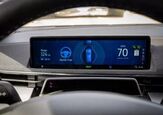
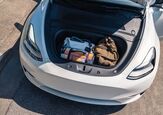


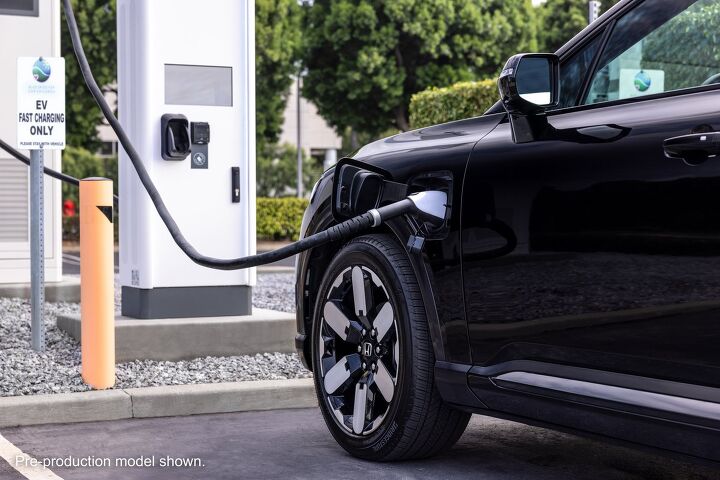


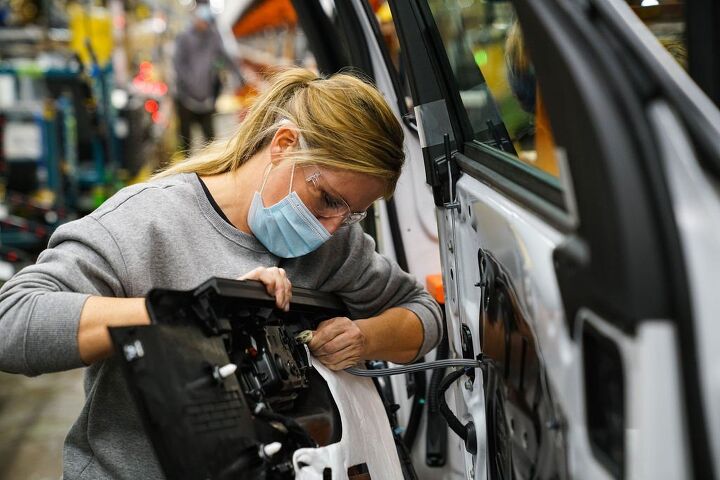

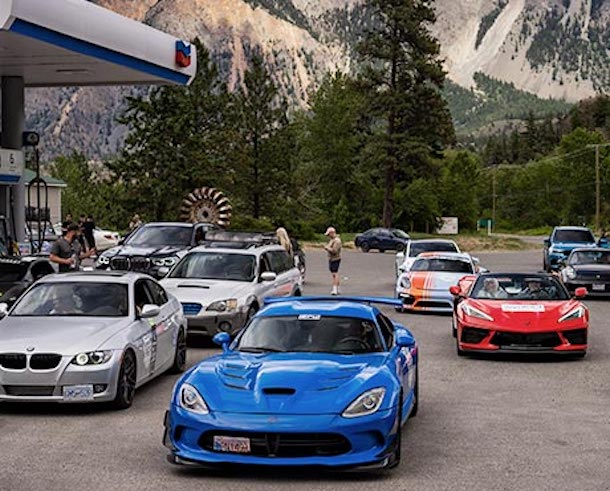
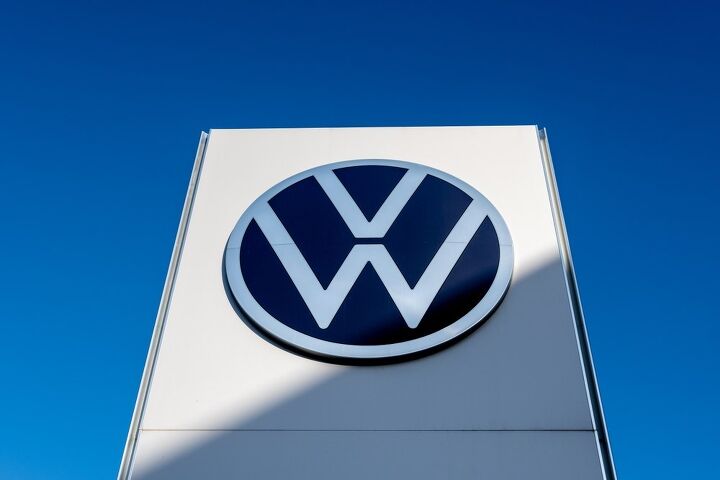
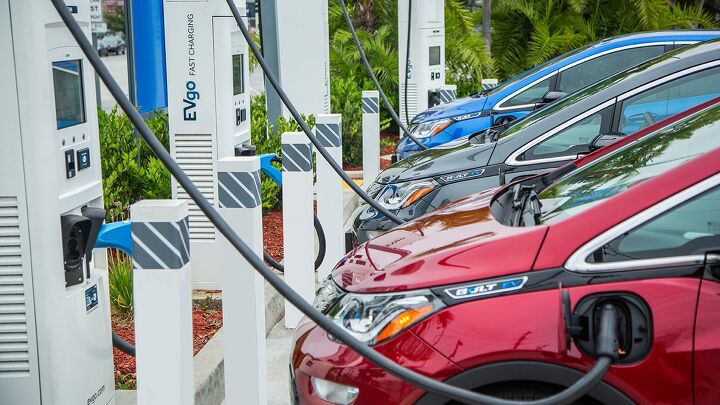
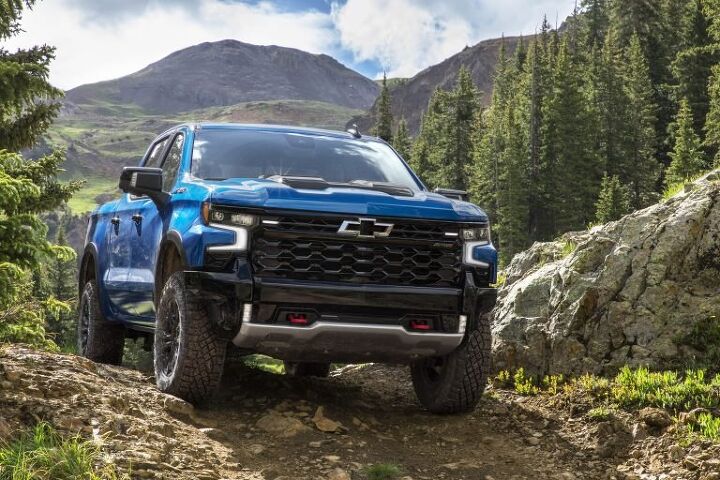

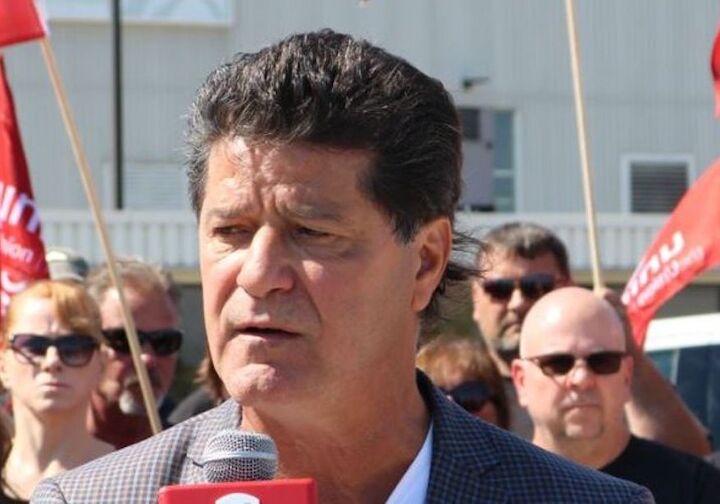
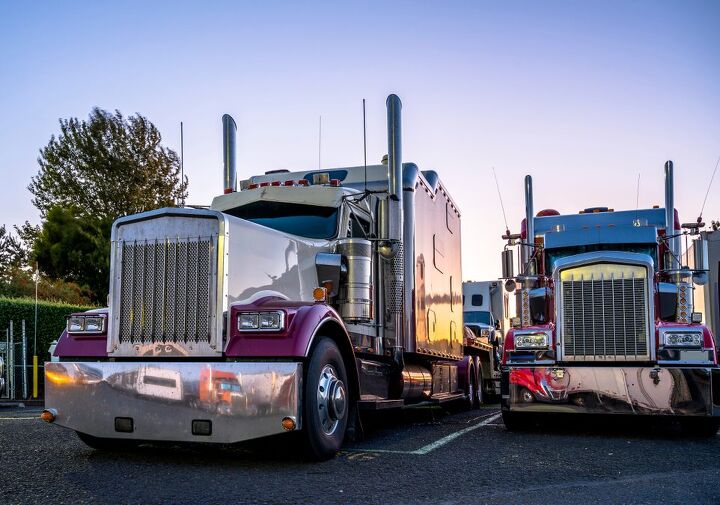
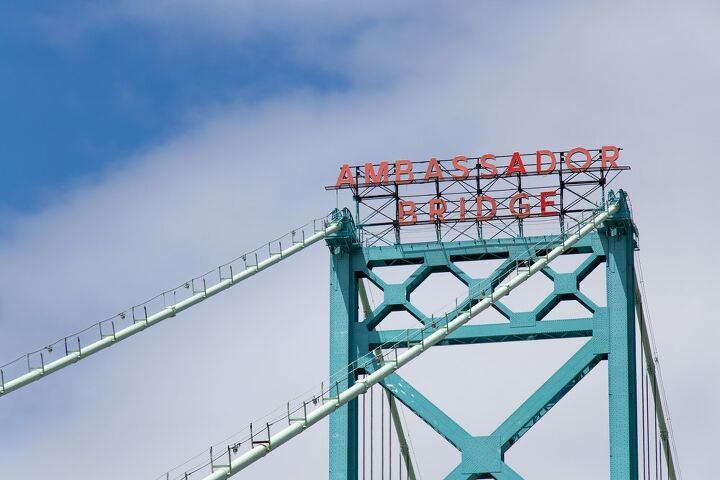
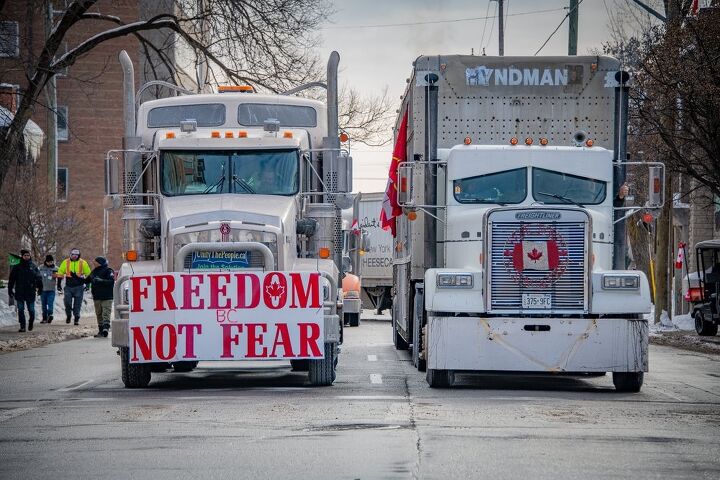












Recent Comments